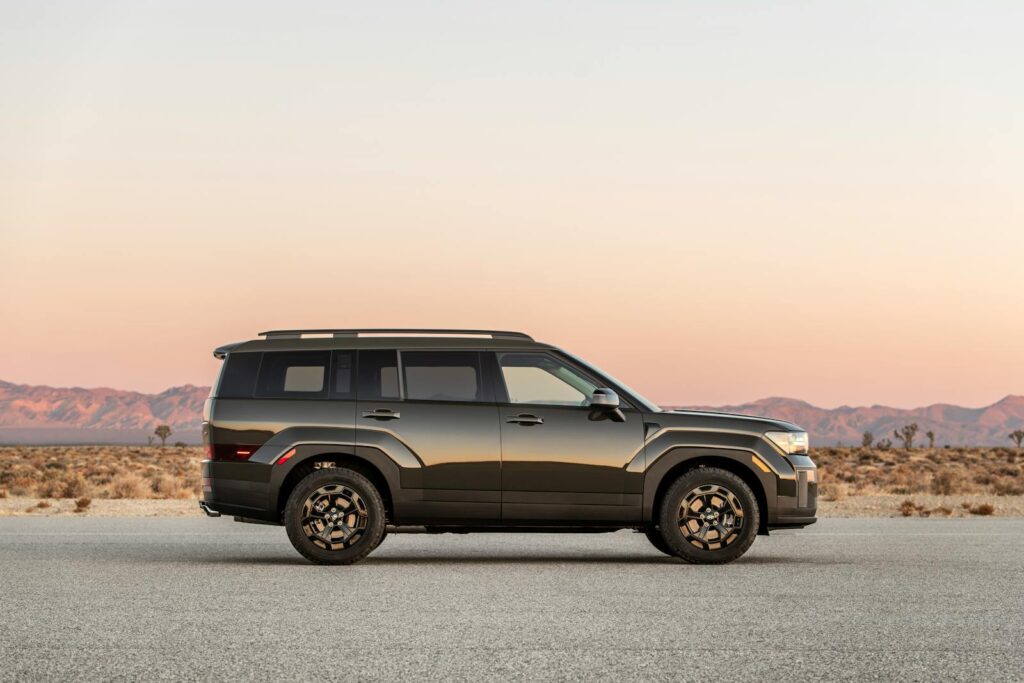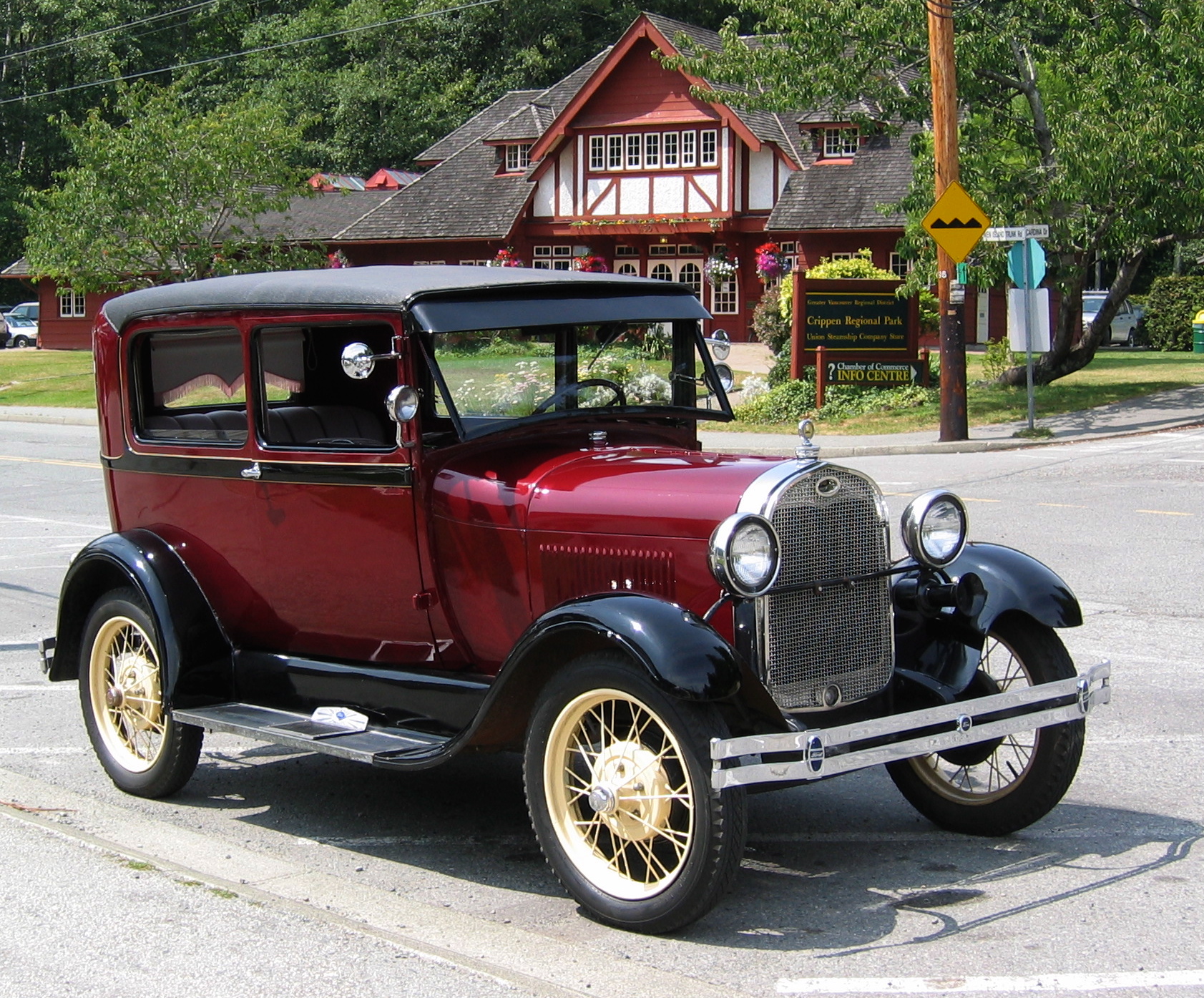
Daytime running lights (DRLs) are now standard equipment on most new cars, illuminating the road ahead of the driver. However, what precisely are DRLs, and why are both regular drivers and automotive aficionados so passionate about them? In order to comprehend the function of DRLs, we must first recognize that their main goal is to improve vehicle visibility during the day. The goal of manufacturers’ automated lighting systems is to lower the likelihood of collisions, especially during inclement weather, making them a crucial safety feature.
Skepticism
However, the effectiveness of this feature has been met with skepticism, especially when it comes to its actual impact on road safety. Many drivers have experienced moments when they are confronted with vehicles that have their headlights activated while lacking corresponding taillights. This scenario often arises when cars operate solely in DRL mode, especially during challenging weather conditions like heavy rain. One driver shared their concern about this phenomenon during a rainy commute, noting, “more than 95% cars with headlights on but no tail lights on – they were in Daytime running mode.” Such instances raise critical questions: Shouldn’t taillights be activated alongside headlights when visibility is compromised? This is where the argument for better design and safety measures gains traction, highlighting the need for comprehensive solutions.
It seems only logical that if headlights are on to enhance front visibility, taillights should also illuminate to ensure that vehicles are visible from behind. After all, DRLs are not necessarily synonymous with safe driving practices. Furthermore, there is a growing sentiment among drivers that car manufacturers should take it upon themselves to rewire modern vehicles to integrate features that would instinctively operate taillights whenever windshield wipers are activated. This suggestion reflects a broader concern that vehicle manufacturers need to be more accountable for ensuring driver safety, emphasizing the importance of holistic design improvements.
A community member remarked, “If wipers are on for about a minute or so, headlights AND taillights come on,” emphasizing the need for additional safety features that could alleviate visibility issues in hazardous conditions. However, while some vehicles possess features that activate lights automatically, it appears these systems are still not sufficiently widespread across all models. Many drivers have reported instances of confusion, primarily when they assume that their DRLs suffice during reduced visibility conditions. This lack of clarity can lead to dangerous scenarios, particularly for motorcyclists, who have long been required to keep their headlights on. The introduction of DRLs in passenger vehicles has blurred the lines of visibility on the road.
Effectiveness of DRLs
Studies conducted by the National Highway Traffic Safety Administration (NHTSA) have shown a mixed bag of results regarding the effectiveness of DRLs. While some reports indicate a minor reduction in crash severity for certain vehicle types, the overall benefits of DRLs in improving safety remain uncertain. As one commentator pointedly noted, “NHTSA seemed to agree: ‘Overall, DRLs seemed to increase daytime single passenger vehicle-to-motorcycle crashes. ‘” This revelation points to a significant drawback of DRLs: their potential to obscure the unique visibility profile of motorcycles. With more cars utilizing DRLs, the distinct characteristics that once defined motorcycles—such as their consistently illuminated headlights—have become less noticeable.
This situation can lead to an increase in accidents involving motorcycle operators who are less visible to drivers relying solely on the DRLs of passenger vehicles. Another pressing concern is the influence of DRLs on nighttime visibility. A common complaint among drivers is the difficulty of spotting vehicles that are not operating their headlights at night. As one frustrated driver expressed, “I see many drivers with lights off at night and driving only with the DRL.
It means no tail light is activated and dangerous! ” This observation highlights a growing trend where drivers mistakenly believe that the presence of DRLs equates to full vehicular illumination. In reality, without taillights, a vehicle remains largely invisible from behind, especially at dusk when transitioning from daylight to darkness. The challenge is compounded by irresponsible driving behaviors, such as operating a vehicle under the influence, where intoxicated drivers may be less likely to activate their headlights, leading to dangerous situations. Despite these issues, it is essential to recognize that technological advancements in lighting systems, such as auto-dipping beams, have made significant strides in enhancing driver experiences.
However, the reliance on automated systems can also foster complacency among drivers, leading to potential safety risks when technology fails to compensate for human inattention. The balance between driver assist systems and personal vigilance remains crucial for maintaining safety on the roads. With all this in mind, it becomes clear that the conversation surrounding DRLs is far more nuanced than simply categorizing them as an unequivocal benefit or drawback. As motorists, we must engage in critical discussions about the design, implementation, and regulation of vehicle lighting systems.
Addressing the shortcomings of DRLs and advocating for better safety features can help ensure a safer driving experience for everyone on the road. In the end, while the argument for DRLs as a safety feature persists, a more comprehensive approach that includes the proper functioning of taillights and adherence to safe driving practices is what will lead to a significant enhancement in road safety. This holistic view is essential for creating a safer driving environment.
As we dive deeper into the debate surrounding daytime running lights (DRLs), it becomes increasingly obvious that this technology is not without its controversies. The initial intention behind DRLs was to bolster safety by enhancing the visibility of vehicles during daylight hours. However, the question remains: do they truly achieve this goal, or are they merely a distraction that complicates driving conditions? We will explore the pros and cons of DRLs, shedding light on various perspectives to provide a well-rounded understanding of this automotive feature.
The pros of DRLs
When discussing the pros of DRLs, one cannot overlook the basic premise that they do make vehicles more noticeable during the day. For many drivers, especially those who often find themselves on busy roads or highways, the presence of DRLs can be a welcome addition. The idea is simple: if more cars are visible, the chances of accidents should decrease. Many advocates argue that DRLs help mitigate the risk of collisions, particularly in cases involving pedestrians and cyclists who may be less aware of their surroundings. The fact that a vehicle’s front lights are on can make it easier for other road users to gauge its speed and distance, ultimately aiding in decision-making while navigating traffic.
Furthermore, DRLs have the potential to be particularly beneficial in certain conditions, such as fog or overcast weather, where visibility is compromised. In such situations, having a vehicle equipped with DRLs can serve as an extra measure of caution, alerting other drivers to a vehicle’s presence even when the ambient light levels are low. This added layer of visibility can be especially crucial during dawn or dusk when transitioning from day to night can often leave drivers in a precarious position.
The cons of DRLs
However, the effectiveness of DRLs is not universally accepted, and numerous drawbacks have emerged in discussions surrounding their implementation. One major concern is the confusion they can create among drivers, particularly when it comes to the use of headlights. Many drivers may mistakenly believe that having DRLs activated means that their headlights are also on, leading to a disturbing trend of vehicles driving at night without the proper lighting. This issue is compounded by the fact that various state regulations regarding the use of headlights and DRLs can vary widely, leaving drivers unsure of the rules they need to follow in different jurisdictions, further complicating the situation.
Moreover, critics of DRLs point out that they may inadvertently lower the overall standards for driver attentiveness. With automated systems taking the responsibility of ensuring a vehicle is visible during the day, some drivers may become overly reliant on such features and neglect the importance of personal vigilance. In extreme cases, this can create a dangerous mindset among drivers, who might assume that their vehicle’s DRLs afford them enough safety to skimp on using headlights when necessary. The reality, however, is that while DRLs serve a purpose, they cannot replace the need for drivers to remain engaged and alert, especially in varying environmental conditions.
Another significant drawback of DRLs is their impact on motorcyclists. Motorcycles have long been required to have their headlights on at all times, a practice that has traditionally made them easier to spot on the road. With an increasing number of cars now utilizing DRLs, the distinct visibility that once set motorcycles apart has diminished significantly. As some studies suggest, this has contributed to an uptick in accidents involving motorcycles, as drivers may fail to recognize them amidst a sea of cars lit up by DRLs. This notion raises an important point: while DRLs aim to enhance visibility, they may also contribute to a new kind of invisibility for motorcyclists, thereby increasing the risk of accidents.
The debate surrounding DRLs reveals an intricate web of opinions, insights, and studies that illustrate both the advantages and disadvantages of such technology. As we consider the varying perspectives, it’s essential to recognize that the implementation of DRLs is not a straightforward solution to road safety; rather, it is a part of a larger conversation about improving driving practices and enhancing vehicle technology.

In response to the challenges posed by DRLs, some have suggested integrating additional features that could enhance safety further. For instance, there is a growing interest among consumers and safety advocates for vehicles where both the headlights and taillights automatically activate under certain conditions, such as when windshield wipers are engaged. This idea reflects a proactive approach, one that aims to ensure that all aspects of a vehicle’s lighting system work harmoniously to maximize visibility and safety, particularly in adverse weather conditions.
As we navigate this ongoing discussion, it is crucial for consumers to remain informed about the capabilities and limitations of DRLs and other lighting technologies in their vehicles. The more knowledge we have about our options, the better equipped we are to advocate for safety improvements in the automotive industry. Ultimately, the goal should be to harness technology in a way that complements responsible driving habits while ensuring that all road users are seen and accounted for, fostering a safer driving environment.
The future of DRLs
Looking ahead, the future of DRLs and vehicle lighting technology will likely be shaped by ongoing research, consumer feedback, and advancements in automotive engineering. As vehicle manufacturers continue to innovate, there may be even more sophisticated lighting solutions on the horizon, potentially redefining how we perceive visibility and safety on the road. Whether or not DRLs will prove to be a lasting boon or a mere bane in the world of automotive safety remains to be seen. The key takeaway from this exploration is that as drivers, we must remain vigilant, informed, and engaged in discussions about the technologies we rely on to safeguard our journeys. Think of the conversation surrounding DRLs as a call to action to explore what more can be done, not just by manufacturers but by all of us to promote safer driving practices and a more aware driving culture that benefits everyone on the road.
To ensure everyone’s safety on the roads in this era of advanced car technology, let’s strive for both innovation and shared accountability. In addition to installing the newest technology in our vehicles, we also want to foster a responsible driving culture where people understand the ramifications of their choices. We must actively push for safer, smarter, and more useful automotive features and designs since it is our collective duty to assure driving safety in the future. By doing this, we can actually make the roadways a place where everyone feels seen and safe, regardless of the time of day or weather, ensuring a safer journey for all.
Related posts:
Daytime running lights should be banned
Are daytime running lights really a bad idea?
Daytime running light delete?




